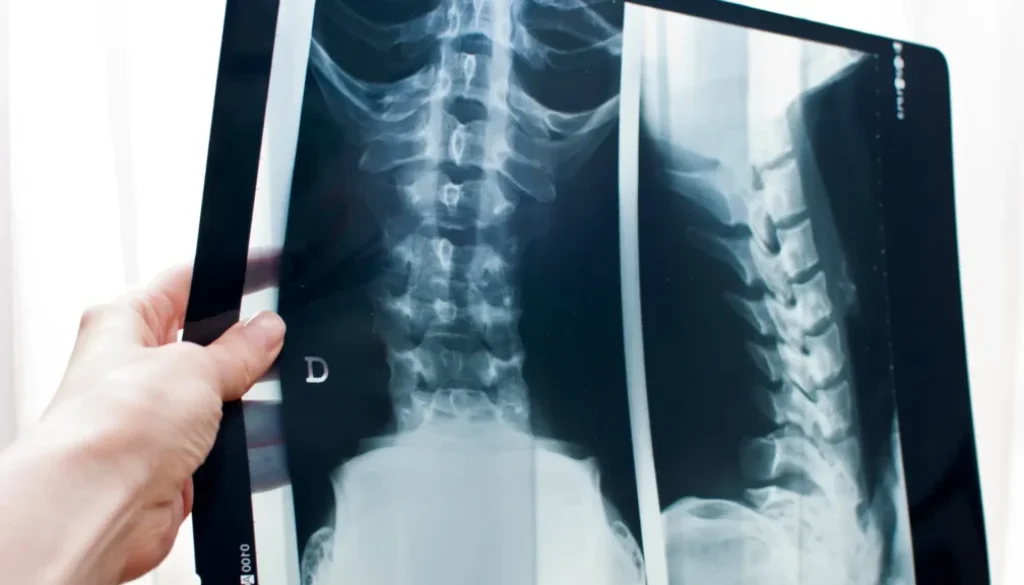Want the Best Results From Your X-Rays? Here’s What Makes the Biggest Difference
One of the most common questions we get from patients who are serious about their corrective care is:
“What can I do to make sure my follow-up X-rays show real progress?”
Of course, the foundation is simple—follow your doctor’s recommendations and come in for your adjustments as scheduled. But one of the most powerful tools for transforming your results isn’t just what happens in the office—it’s what you do at home.
The Power of At-Home Care Tools
The Denneroll is a game changer. This simple tool plays a major role in reshaping your spine and improving your posture. We strongly recommend using it every single night for at least five minutes. The patients who follow this consistently are the ones who walk into their follow-up appointments with the biggest smiles—because the results speak for themselves.
Supplements: More Than Just Extras
The supplements we recommend are never one-size-fits-all. Each is carefully selected based on your unique needs—whether it’s supporting spinal disc health, reducing inflammation, improving bone density, or managing stress.
In the early stages of care, your body is going through a lot of change. These supplements are designed to support that healing process and help your body respond better to adjustments.
Ice Over Heat—Always
Another key part of your at-home routine: use ice, not heat. While it might feel natural to reach for a heating pad, heat can actually increase inflammation during the early stages of care. Stick with the ice packs we provide—it’s a small habit that makes a big difference.
Wobble Chairs: Your Spine’s Warm-Up
If you’ve been in our office, you’ve likely seen the wobble chairs—those round cushions that help loosen up your spine before an adjustment. These are especially helpful for anyone who sits most of the day. Using one at home for just a few minutes daily can significantly improve your spinal mobility and make each adjustment more effective.
Bottom line: Your results aren’t just about what happens on the adjustment table—they’re also shaped by the small, consistent actions you take at home. The patients who commit to these tools and routines are the ones who see the biggest changes on their follow-up X-rays—and feel the difference in their day-to-day lives.
If you have questions about your at-home tools or how to use them properly, don’t hesitate to ask. We’re here to help every step of the way!




